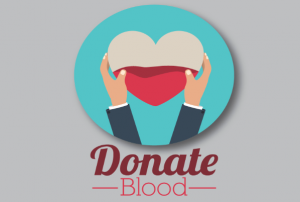January is National Blood Donors Month. This health observance began in 1970, and continues to this day, mostly because the need for blood donors during this month and all of winter is considerable. Throughout January, donations of blood lower significantly, mostly due to inclement weather, holidays, and the increased risk of becoming or being ill. But no matter what time of year it is, the need for blood never ceases, which means that donors are in high demand all the time.
Donating Blood
It’s estimated that every two seconds a person in the U.S. needs blood. These people can range from cancer, trauma, sickle cell, and burn patients to those in an emergency after being in a car wreck or other nasty incident. All of these patients benefit from blood donations, making any kind, big or small, extremely valuable.
Ways to Help:
- Whole Blood Donations: This donation is usually used to help many different people, as it can be separated into its most basic components and given to patients who are in need of specific, separate units.
- Power Red Donation: This one centers on red blood cells and doesn’t remove the other parts of your blood.
- Platelet Donation: Platelets are the components in your blood that clot and stop bleeding. This donation removes the platelets along with a little plasma while leaving the rest of your blood.
- AB Elite Plasma Donation: This donation yields plasma, which is primarily used for patients in emergency situations. The type AB can be used for anyone, no matter their blood type.
If you want to donate blood, you can find a blood drive close to you here, at the American Red Cross website. If you can’t donate blood, please make sure to spread the word to someone who can. This way, we can ensure everyone receives the blood they need.
Source:
American Red Cross. (2019). Retrieved from: https://www.redcrossblood.org/.
